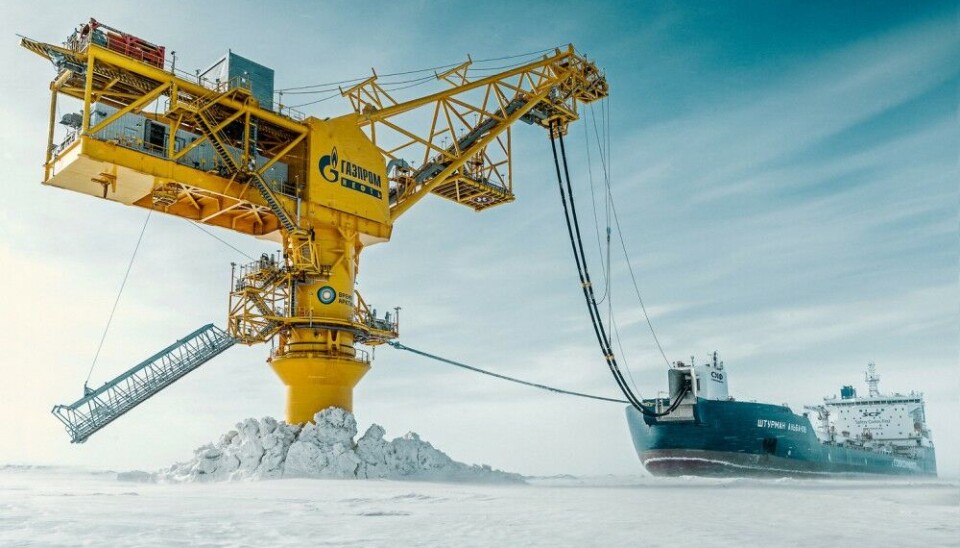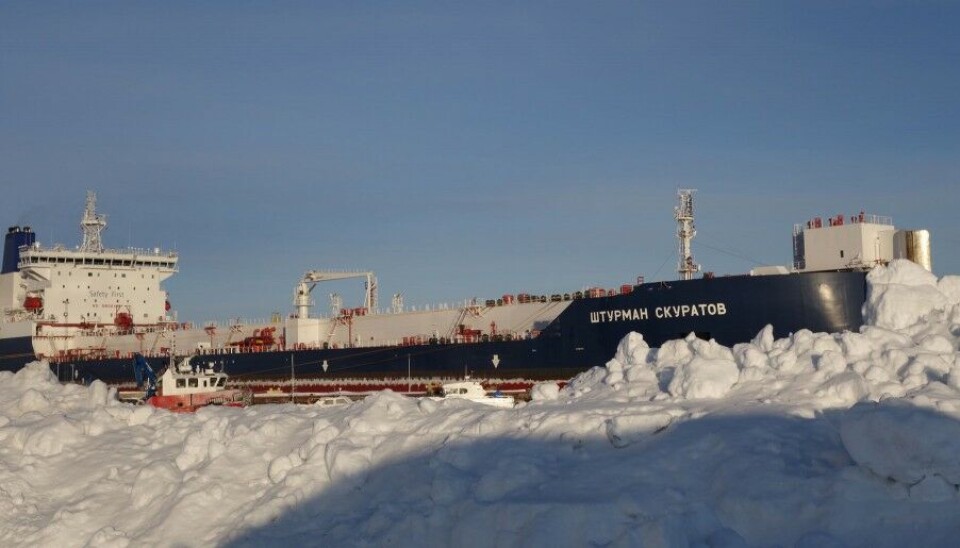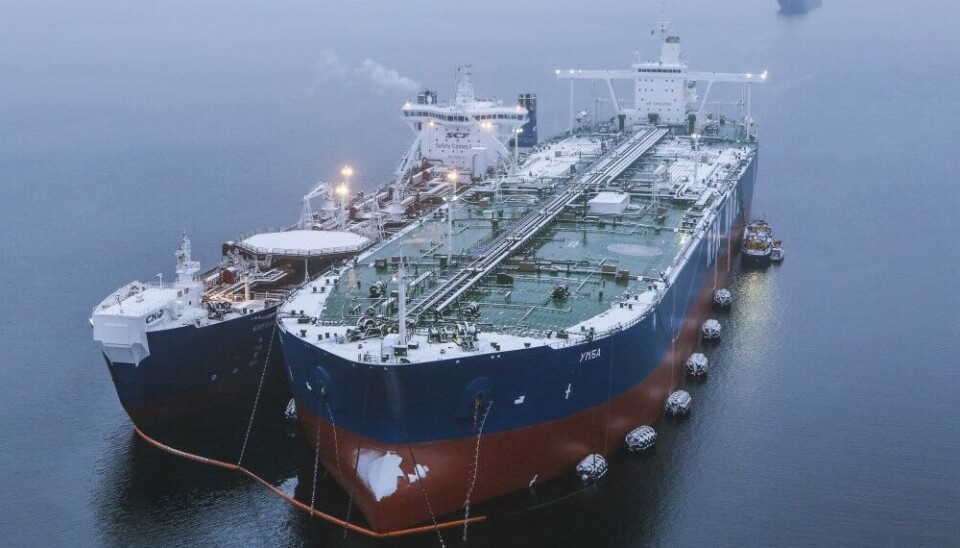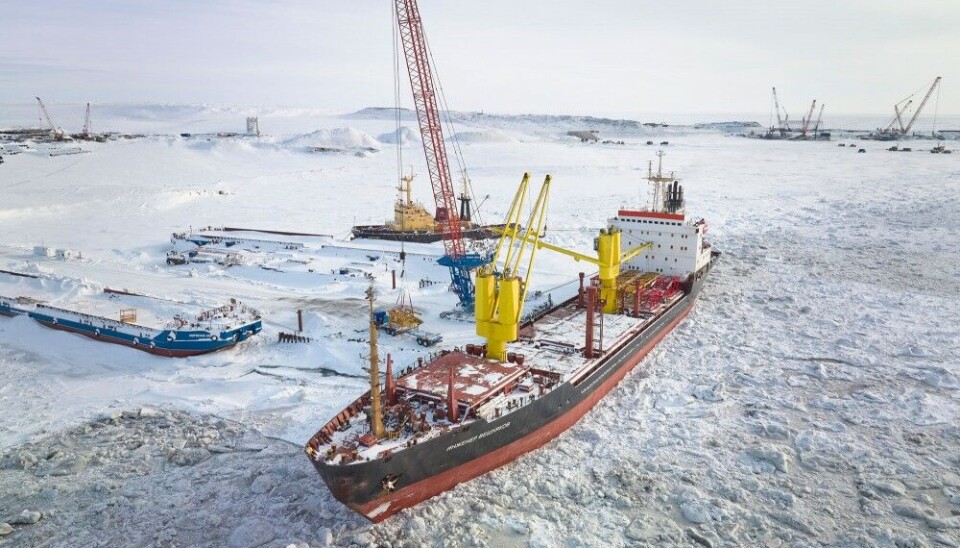Paralysis looms over Russia’s Arctic oil
New US sanctions deal an unprecedented blow to the companies that over the past decade have developed major oil and gas resources in one of the most remote parts of the planet.

The sanctions package that was announced by the US Treasury on 10 January includes almost all the major extraction companies, infrastructure objects and ships that are involved in hydrocarbon development in the Russian Arctic.
The measures could paralyse major parts of the country’s oil industry in the region.
Among the companies on the list is Gazprom Neft and several of its subsidiary companies, as well as its leader Aleksandr Dyukov.
Since his appointment in 2008, Dyukov has developed Gazprom Neft into Russia’s third biggest oil producer.
The company is the oil branch of state natural gas company Gazprom. A key share of its operations is located in the Arctic.
The Prirazlomnoye project was launched in 2013 and is still Russia’s only offshore oil field in the far north. In 2016, the company started full-scale production at Novy Port, the oil field located in the Yamal Peninsula.

The new sanctions include the whole fleet of ice-class tankers that transport oil from the Prirazlomnaya platform in the Pechora Sea and the Novy Port terminal in the Gulf of Ob. Likewise, the oil storage vessels moored in the Kola Bay are affected. The Umba and the Kola are each able to store up to 300,000 tons of oil.
Since the two storage vessels were moored in the Kola Bay in 2015 and 2017 respectively, many million tons of Arctic oil have through Murmansk and to the world market.
The ice-class tanker fleet and the two storage vessels are of paramount importance for Gazprom Neft’s Arctic logistics. The tankers shuttle between the field installations and the Kola Bay, where conventional tankers come to pick up the oil for subsequent export to the market.

The sanctions list includes the LK Volga and the RPK Nord, the two companies that own and operate the Kola and Umba storage vessels. On the list are also several of the two companies’ tugs that assist in the transshipment operations.

The new sanctions package also includes a big number of the so-called shadow fleet tankers that now are used to ship the Arctic oil from the Kola Bay.
The Americans are also targeting Vostok Oil, the major Arctic project currently developed by state oil company Rosneft. On the list are also several more of Rosneft’s Arctic subsidiaries in the region, among them RN Vankor, RN Burenie, as well as shipping company Rosnefteflot and 14 of its tankers.
Also natural gas company Gazprom is affected. On the sanctions list is Portovaya LNG, the company’s plant for liquified natural gas outside St.Petersburg.
The inclusion of the Portovaya LNG in the sanctions list is another blow to Russia’s LNG industry. From before, the Americans have imposed a number of sanctions against Novatek and its Arctic LNG 2 project.

While Gazprom Neft and Rosneft are key targets in new sanctions, Russia’s second biggest oil company Lukoil appears to largely walk free. With one exception. On the list is Yusuf Alekperov, the son of Lukoil President Vagit Alekperov, and his company Welltech.